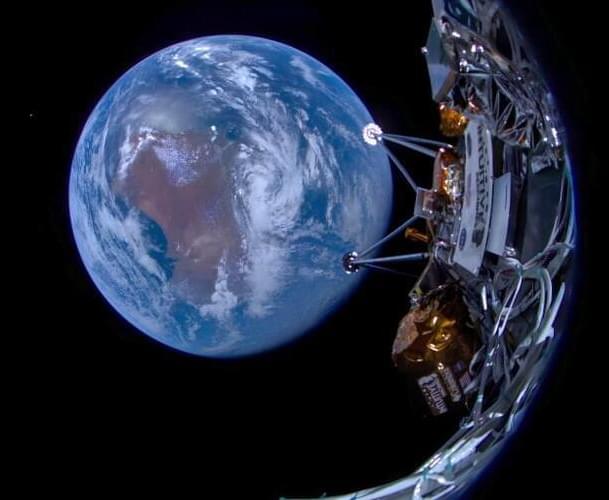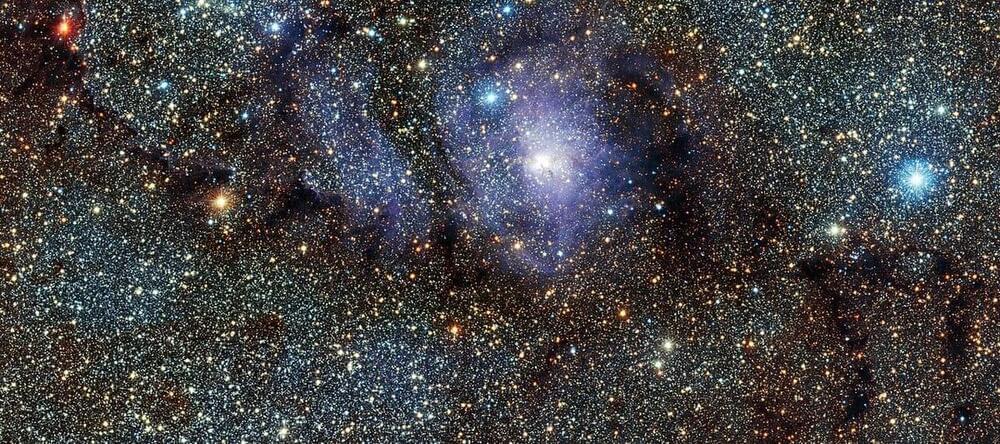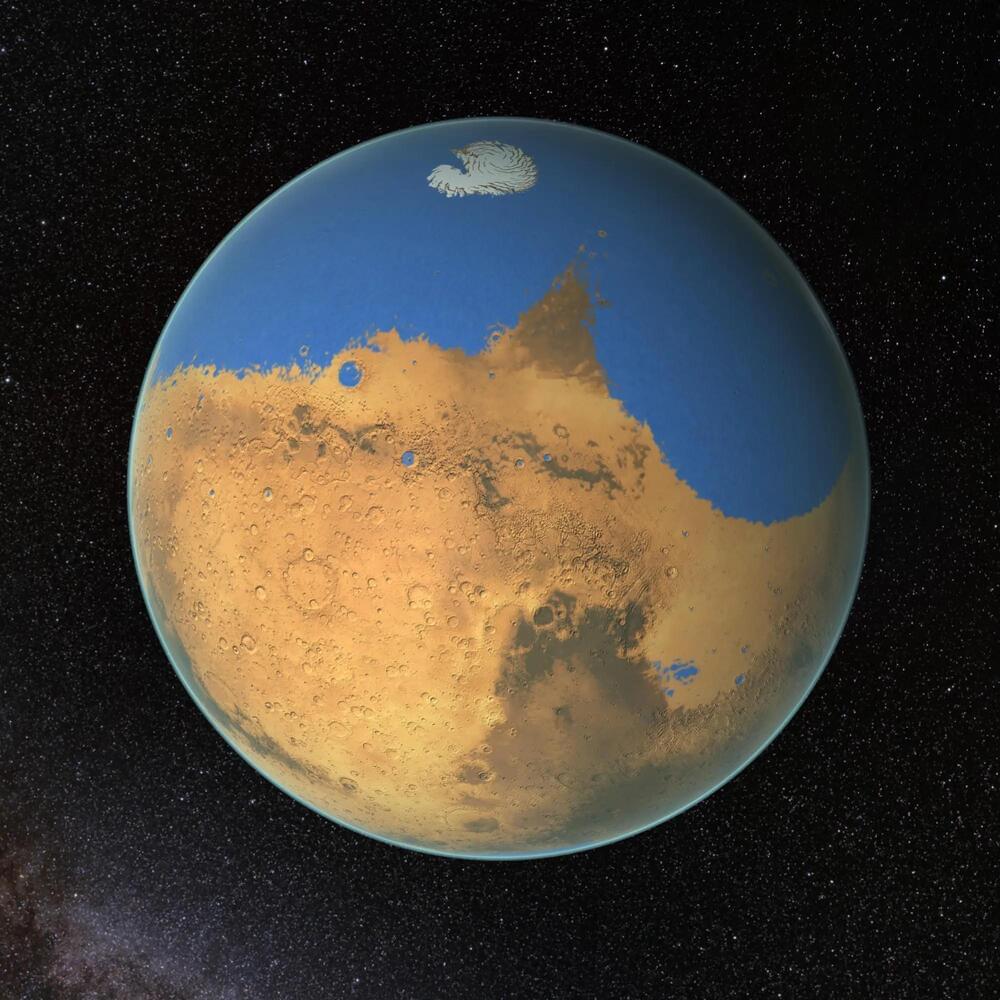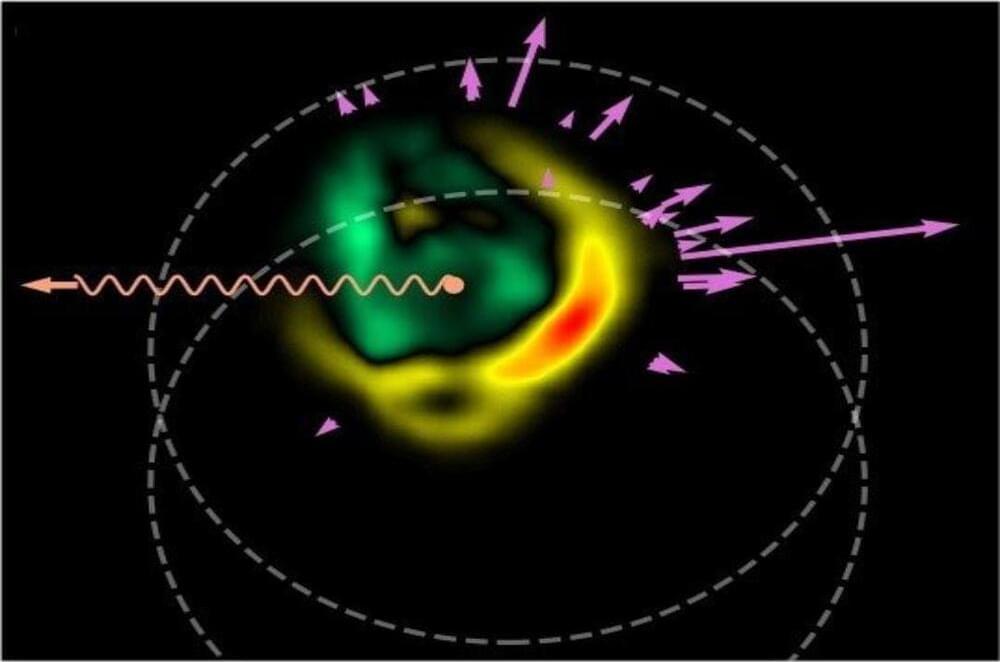Archive for the ‘space’ category: Page 102
Feb 23, 2024
Experiment paves the way for new set of antimatter studies by laser-cooling positronium
Posted by Saúl Morales Rodriguéz in categories: particle physics, space

AEgIS is one of several experiments at CERN’s Antimatter Factory producing and studying antihydrogen atoms with the goal of testing with high precision whether antimatter and matter fall to Earth in the same way.
In a paper published today in Physical Review Letters, the AEgIS collaboration reports an experimental feat that will not only help it achieve this goal but also pave the way for a whole new set of antimatter studies, including the prospect to produce a gamma-ray laser that would allow researchers to look inside the atomic nucleus and have applications beyond physics.
Feb 22, 2024
What determines greatness?/¿Qué es lo que determina la grandeza?
Posted by Saúl Morales Rodriguéz in category: space
What would I have told my past self, back when my days started to get painful, confusing, and suffocating?
It is not yet possible to travel in time, but if you need the answer, I will tell you.
I would have said: You share the same nature as the cosmos. You are part of it, and therefore, it is likely that you are governed by the same principles. So trust that you will grow. Soon, the pressure of tragic experiences that now seem like grotesque monsters will be nothing more than proof that you can continue growing. Soon, you will look at these facts as you look at a small, lost asteroid — once it has fulfilled its task of making you grow, it will slowly be lost in infinity. But you will have expanded.

Breaking X6.3 Solar flare erupted from the sun! What caused the cell phone communications to go down on the morning of the 22 of Feb 24? Timing was in line with X1.9 and X1.7 solar storms, but where they really strong enough or did something else occur? Either way this is a call to prepare!
See the Special Deals at My Patriot Supply: www.PrepWithGreg.com.
Feb 22, 2024
Private lander makes first US moon landing in more than 50 years
Posted by Claudio Soprano in category: space

CAPE CANAVERAL, Fla. (AP) — A private lander on Thursday made the first U.S. touchdown on the moon in more than 50 years, but managed just a weak signal back until flight controllers scrambled to gain better contact.
Despite the spotty communication, Intuitive Machines, the company that built and managed the craft, confirmed that it had landed upright. But it did not provide additional details, including whether the lander had reached its intended destination near the moon’s south pole. The company ended its live webcast soon after identifying a lone, weak signal from the lander.
Continue reading “Private lander makes first US moon landing in more than 50 years” »
Feb 22, 2024
Moon landing LIVE: Watch Intuitive Machines’ Odysseus lander
Posted by Claudio Soprano in categories: business, space
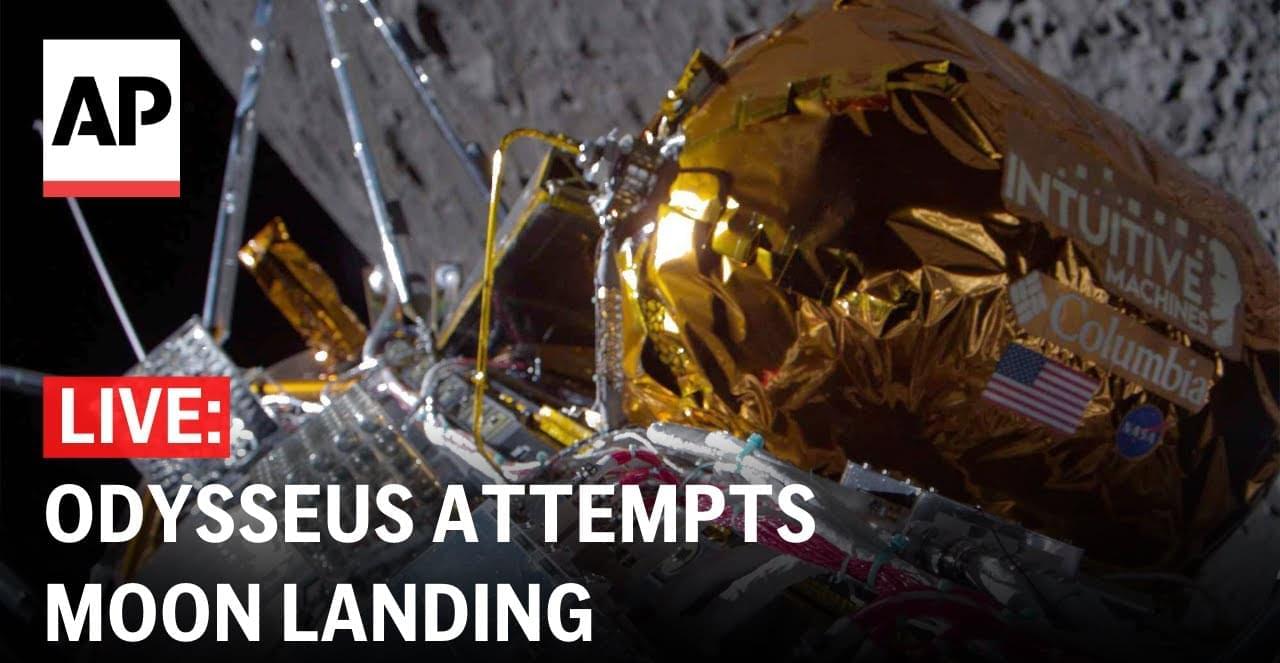
Houston-based company Intuitive Machines’ lunar lander, nicknamed Odysseus, attempts landing on the surface of the moon. A smooth touchdown would put the U.S. back in business on the moon for the first time since NASA astronauts closed out the Apollo program in 1972. The company, if successful, would become the first private outfit to ace a moon landing. #moonlanding #odysseus #intuitivemachines #nasa #IM1 #space #live #livestream.
Thumbnail image credit: Intuitive Machines.
Feb 22, 2024
Unearthing Mars’ Watery Past: Insights from Groundwater Recharge Dynamics
Posted by Laurence Tognetti, Labroots Inc. in categories: computing, space
“The fact that the groundwater isn’t as big of a process could mean that other things are,” said Eric Hiatt. “It might magnify the importance of runoff, or it could mean that it just didn’t rain as much on Mars. But it’s just fundamentally different from how we think about [water] on Earth.”
How much water on ancient Mars fell into aquifers to refill groundwater? This is what a recent study published in Icarus hopes to address as a team of international researchers led by The University of Texas at Austin (UTA) used computer models to calculate groundwater recharge rates in the southern highlands of ancient Mars. This study holds the potential to help scientists better understand the amount of water that potentially existed on ancient Mars and what this could mean for finding ancient life on the Red Planet.
For the study, the researchers used a combination of previously used and new computer modeling techniques to estimate how much groundwater recharge occurred in the Martian southern highlands, since most of the liquid water that existed on Mars billions of years ago resided in a vast ocean in the northern lowlands. In the end, the researchers found the aquifers in the southern highlands on Mars experienced an average groundwater recharge of only 0.03 millimeters (0.001 inches) per year. For context, the Trinity and Edwards-Trinity Plateau aquifers that are responsible for providing water for the city of San Antonio range between 2.5 to 50 millimeters (0.1 inches to 2 inches) per year, or between 80 and 1,600 times that of the Martian aquifers.
Continue reading “Unearthing Mars’ Watery Past: Insights from Groundwater Recharge Dynamics” »
Feb 22, 2024
The Zombie Star That Could Solve the Mystery of the Universe’s Strongest Magnets
Posted by Shubham Ghosh Roy in category: space
Magnetars are the strongest magnets in the universe. These super-dense dead stars with ultra-strong magnetic fields can be found all over our galaxy but astronomers don’t know exactly how they form.
Now, using multiple telescopes around the world, including European Southern Observatory (ESO) facilities, researchers have uncovered a living star that is likely to become a magnetar. This finding marks the discovery of a new type of astronomical object—massive magnetic helium stars—and sheds light on the origin of magnetars.
Despite having been observed for over 100 years, the enigmatic nature of the star HD 45,166 could not be easily explained by conventional models, and little was known about it beyond the fact that it is one of a pair of stars, is rich in helium and is a few times more massive than our sun.
Feb 22, 2024
Hubble detects Celestial ‘String of Pearls’ Star Clusters in Galaxy Collisions
Posted by Natalie Chan in category: space
When spectacular cosmic events such as galaxy collisions occur, it sets off a reaction to form new stars, and possibly new planets that otherwise would not have formed. The gravitational pull that forces the collisions between these galaxies creates tidal tails—the long thin region of stars and interstellar gas.
The Hubble Space Telescope’s vision is so sharp that it can see clusters of newborn stars strung along these tidal tails. They form when knots of gas gravitationally collapse to create about 1 million newborn stars per cluster.
Specifically, NASA’s Hubble Space Telescope has homed in on 12 interacting galaxies that have long, tadpole-like tidal tails of gas, dust and a plethora of stars. Hubble’s exquisite sharpness and sensitivity to ultraviolet light have uncovered 425 clusters of newborn stars along these tails, looking like strings of holiday lights.
Feb 22, 2024
Researchers measure speed of sound in the quark–gluon plasma more precisely than ever before
Posted by Shailesh Prasad in categories: particle physics, space
Neutron stars in the universe, ultracold atomic gases in the laboratory, and the quark–gluon plasma created in collisions of atomic nuclei at the Large Hadron Collider (LHC): they may seem totally unrelated but, surprisingly enough, they have something in common.
They are all a fluid-like state of matter made up of strongly interacting particles. Insights into the properties and behavior of any of these almost-perfect liquids may be key to understanding nature across scales that are orders of magnitude apart.
In a new paper, the CMS collaboration reports the most precise measurement to date of the speed at which sound travels in the quark–gluon plasma, offering new insights into this extremely hot state of matter.
